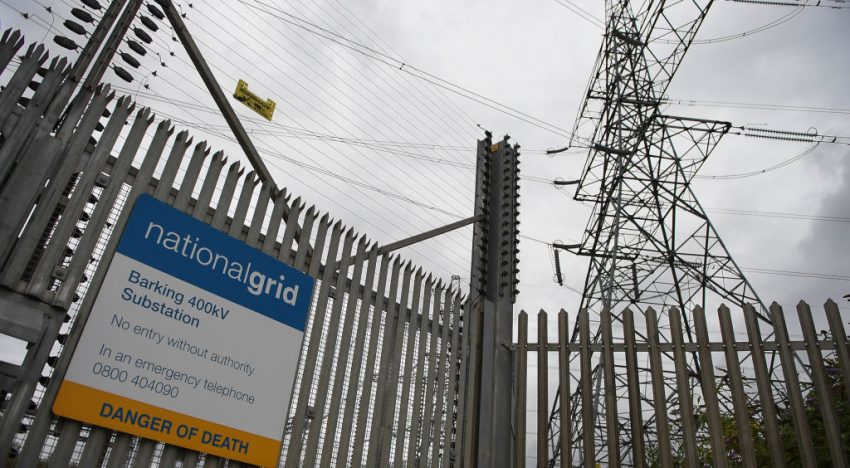The momentum behind decarbonizing data centre energy and the decline in battery costs has created an opportunity for a new type of data centre technology: smart grid-ready UPS.
The idea is to use data centres that already store energy for backup purposes to balance utility grids in areas where intermittent renewable energy sources exacerbate load volatility. While there is still a long way to go before the majority of electrical grids are sufficiently “smart” to support the idea, a convergence of factors has created an opportune moment for it to advance, according to market research firm Omdia.
Electric grids today have a limited capacity for energy storage, which means that electricity must be generated continuously to meet demand, according to Moises Levy, principal analyst with Omdia’s Cloud and Data Center Research Practice. “A smart grid enables bidirectional interactive sensing and communication between utilities and their customers. This represents a significant opportunity for distributed energy resources, such as UPS and energy storage systems, to contribute to the electric grid.”
Discover the fundamentals of smart grid-ready data centre UPS systems here.
Battery technology has been the primary impediment to the adoption of smart grid-ready data centre UPS. Batteries must be dependable, cost-effective, simple to deploy, and environmentally friendly, according to Levy. However, the electric vehicle industry’s innovation in recent years has driven battery costs down, putting grid-interactive onsite energy storage within reach of data centre operators.
Another significant source of friction is the world’s energy markets’ immaturity with regard to smart grids and renewables. New regulations and market mechanisms must be implemented to expand data centres’ access to renewable energy and participation in demand response.
Grids must be upgraded with sensors, data analytics capabilities, and new controls to enable a more dynamic and fine-grained approach to load management.
The current wave of government and corporate enthusiasm for sustainability may create a greater appetite for making the necessary changes than ever before.




